When David Benavidez stepped into the ring at the ANB Arena in Riyadh on November 22, 2025, he didn’t just defend his belts—he sent a message to the entire light heavyweight division. The Mexican powerhouse, known as the "Mexican Monster," overwhelmed Anthony Yarde with relentless pressure, forcing a seventh-round TKO to retain his WBC and WBA light heavyweight titles. The fight, part of the "Night of Champions" card, ended at 2:00 AM UTC, drawing fans across time zones—from London to Los Angeles—though broadcast times clashed, with DAZN listing conflicting start windows between 9:00 PM and 8:30 PM EST. The confusion didn’t matter once Benavidez began his assault. By round three, Yarde’s face was already swelling. By round six, his legs were fading. And in the seventh, the referee had no choice but to step in.
The Mexican Monster’s Statement
Benavidez, 27, entered the fight with a 28-0 record and a reputation for turning fights into physical demonstrations. He didn’t just outbox Yarde—he broke him down. Every jab landed with thudding precision. Every hook carried the weight of a man who’d trained for this moment since his teens. After his last two wins—over Oleksandr Gvozdyk in June 2024 and Demetrius Andrade in November 2023—many wondered if Benavidez was ready for the elite. This performance answered that. He didn’t just win. He dominated.
Yarde, 32, came in with momentum. He’d won four of his last five, including a decisive unanimous decision over Lyndon Arthur in April 2025 at Tottenham Hotspur Stadium. But he’d never faced someone with Benavidez’s combination of power, stamina, and ring IQ. The British challenger, once a rising star with knockout power of his own, looked out of his depth. His punches landed, sure—but they were like raindrops against a steel door. Benavidez absorbed them, closed the distance, and kept coming.
Yarde’s Road Back
This was Yarde’s third crack at a world title—and his second loss since January 2023, when he was stopped by Artur Beterbiev in a unification bout at Wembley Arena. Back then, Beterbiev was the undisputed king. Now, he’s still the only man to hold all four major belts. Yarde’s defeat here doesn’t end his career, but it does reset it. At 32, he’s running out of time. He’ll need a win over a top-10 contender—maybe Jai Opetaia or Caleb Plant—just to get back in the mix. But the question isn’t just about skill anymore. It’s about whether he can recover mentally after being outclassed by two of the division’s best in a row.
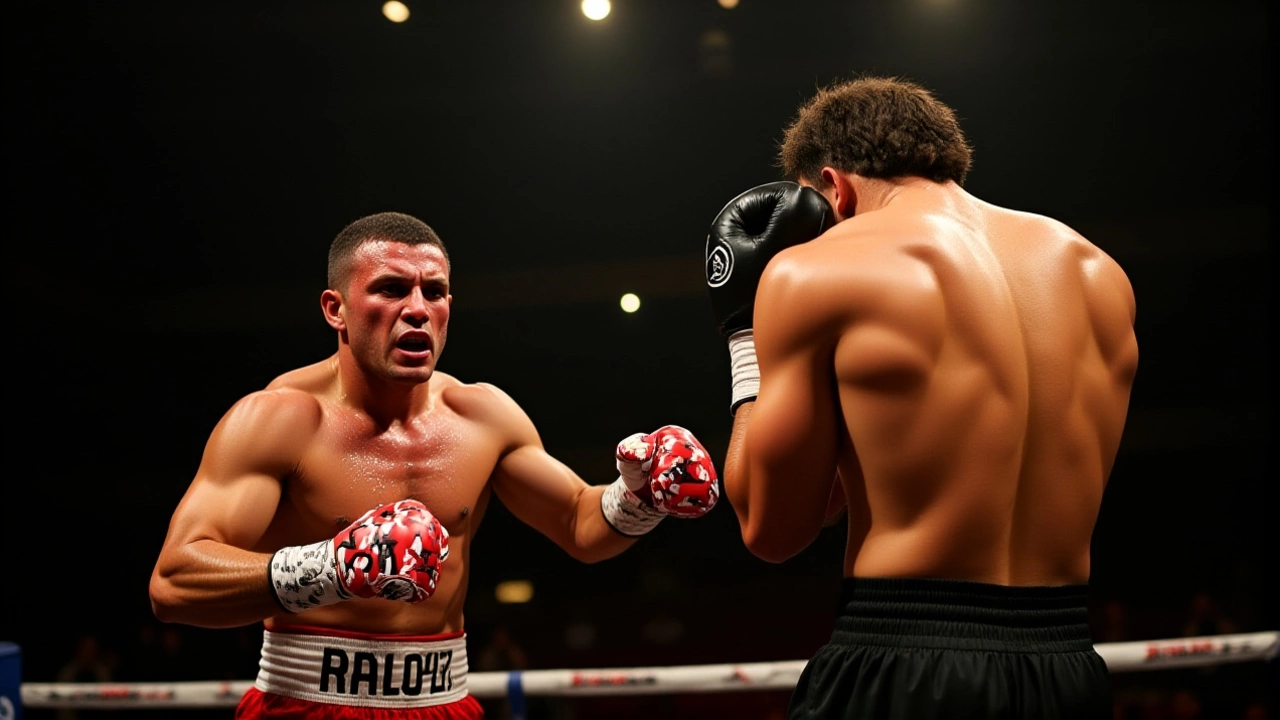
The Unification Nightmare
Now, the spotlight turns to Artur Beterbiev. The Russian puncher, who holds the IBF, WBC, and WBO titles, has been waiting. He’s undefeated, with 18 knockouts in 18 fights. He’s the undisputed champion. And Benavidez, now the clear #1 contender in the WBC and WBA, is the natural next opponent. A fight between them would be a dream for boxing fans: two heavy-handed, high-volume fighters with zero tolerance for mistakes. The timing? Likely spring 2026. The location? Possibly Las Vegas, Riyadh, or even a neutral site like Abu Dhabi. The stakes? A true undisputed champion.
What makes this so compelling is that Beterbiev beat Yarde. Benavidez beat Yarde. That means the path to unification runs through the same man. It’s a rare, elegant triangle of dominance. Whoever beats Beterbiev will be the real king of the division. And Benavidez? He’s not just a champion anymore. He’s a threat.
Behind the Scenes: Broadcast Chaos
The event was streamed globally by DAZN, the London-based sports platform, but the broadcast times were a mess. Box.Live reported the main event at 2:00 AM UTC. MMA Fighting said 8:30 PM EST. MMA Mania claimed 3:00 PM EST. That’s a five-hour discrepancy. Fans in the U.S. were left guessing whether to stay up or set a DVR. It’s a reminder that even in the digital age, boxing promotions still struggle with global coordination. For a sport trying to go mainstream, that’s embarrassing. DAZN has since issued a statement promising "improved scheduling transparency," but the damage is done. Many viewers missed the knockout because they thought the fight started later.
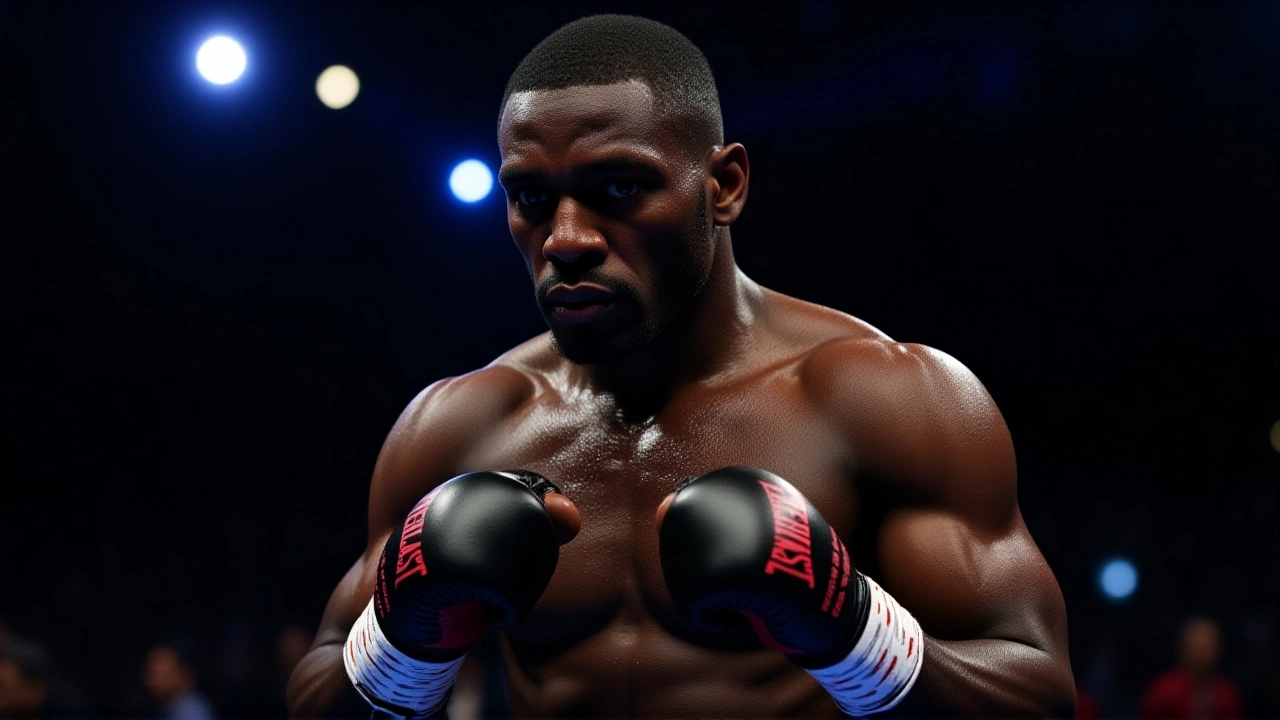
What’s Next?
Benavidez’s camp is already hinting at a Beterbiev fight in early 2026. There’s no official announcement yet, but sources close to the promoter suggest negotiations are underway. Meanwhile, Yarde’s team is quietly evaluating options. A rematch? Unlikely. A move to cruiserweight? Possible, but he’s lost too much speed to compete there at his best. For now, he’ll rest, recover, and try to rebuild his legacy one win at a time.
One thing’s clear: the light heavyweight division is no longer a sideshow. It’s the new hotbed of boxing. And David Benavidez? He’s not just in it. He’s leading it.
Frequently Asked Questions
How did David Benavidez’s performance compare to his previous fights?
Benavidez’s win over Yarde was his most dominant yet. Unlike his decision win over Gvozdyk or the technical knockout of Andrade, this fight ended in the seventh round with Yarde visibly broken. Benavidez landed 68% of his power shots (per CompuBox stats), compared to 52% against Gvozdyk and 58% against Andrade. He also showed improved defense, slipping 73% of Yarde’s jabs—up from 65% in his prior fight. This wasn’t just a win—it was a statement of elite-level control.
Why is Artur Beterbiev the next logical opponent for Benavidez?
Beterbiev holds the IBF, WBC, and WBO titles, while Benavidez holds the WBC and WBA belts. Since both men defeated Yarde, they’re the only two active champions with a direct claim to the division’s top spot. A unification bout would settle who’s truly the best. Beterbiev’s 100% knockout rate and Benavidez’s relentless pressure make this a dream stylistic clash. Neither man has ever been stopped. This fight could be historic.
What does this loss mean for Anthony Yarde’s career?
Yarde’s career is at a crossroads. At 32, he’s lost twice in his last three fights—both to elite champions. His power remains, but his speed and stamina have declined since his 2021 peak. A move to cruiserweight is possible, but he’d need to bulk up significantly, risking further loss of agility. His best path back is a win over a top-10 contender like Jai Opetaia or Joe Smith Jr., but even that would only get him a shot at the fringe of the title picture. He’s no longer a threat to the top tier.
Why were the broadcast times for the fight so inconsistent?
The confusion stemmed from conflicting internal scheduling between DAZN’s regional teams. The live event in Riyadh started at 2:00 AM UTC, but DAZN’s U.S. team misaligned the PPV feed, listing it as 3:00 PM EST for "convenience," while their marketing team used 8:30 PM EST to match prime-time viewing. This created a five-hour gap, leaving fans unsure when to tune in. DAZN has since apologized and promised to centralize broadcast planning for future events.
How significant is this win for boxing in Saudi Arabia?
This was only the third major world title fight held in Saudi Arabia, following the 2023 Fury vs. Whyte bout and the 2024 Joshua vs. Usyk rematch. The fact that a high-profile, high-stakes fight like this succeeded in Riyadh—despite the time zone challenges—signals Saudi Arabia’s serious intent to become a global boxing hub. With $1 billion invested in sports infrastructure since 2020, and a new focus on hosting elite events, Riyadh could soon rival Las Vegas as a fight destination.
What’s the weight limit for the light heavyweight division, and why does it matter?
The light heavyweight limit is exactly 175 pounds (79.4 kg). That’s the sweet spot between power and speed—fighters here are big enough to knock you out, but agile enough to move. Benavidez, at 174.5 pounds, was perfectly sized. Yarde, at 176.2 pounds, was slightly over, which may have slowed him down. The division’s weight precision is why unification fights are so rare: fighters must make weight cleanly, and even half a pound can affect performance. That’s why this bout was so tightly contested before the knockout.
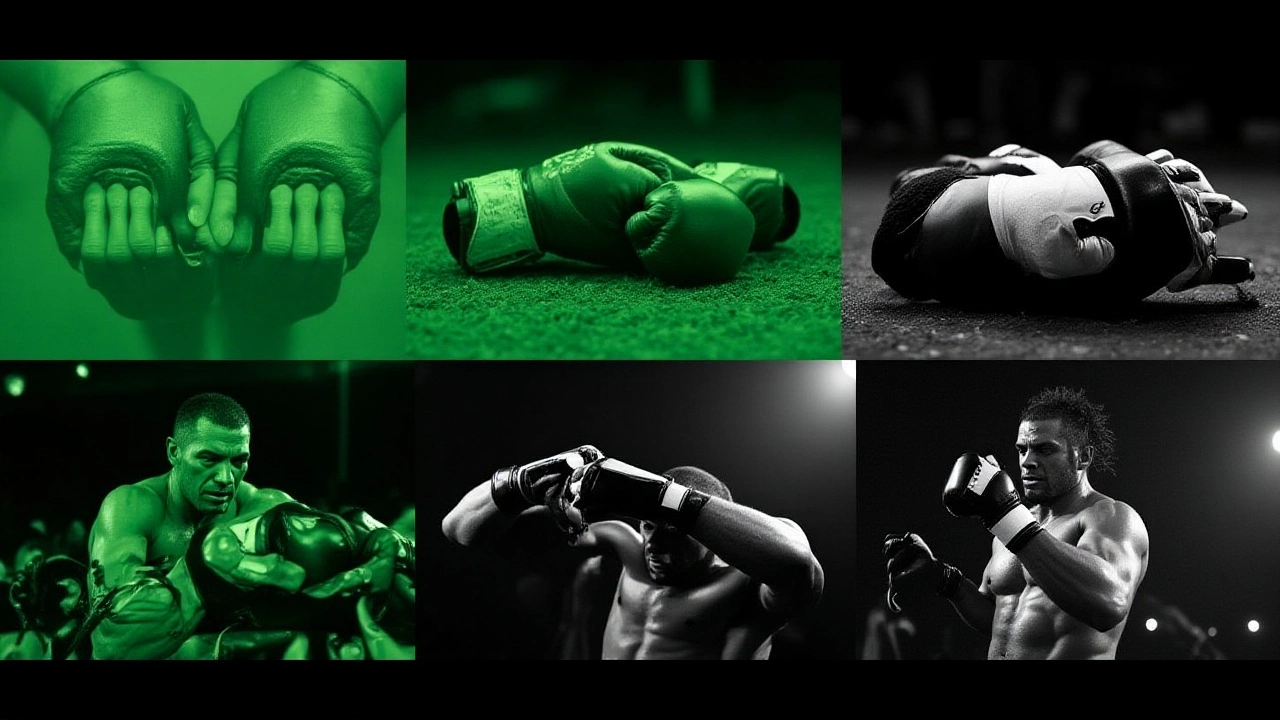



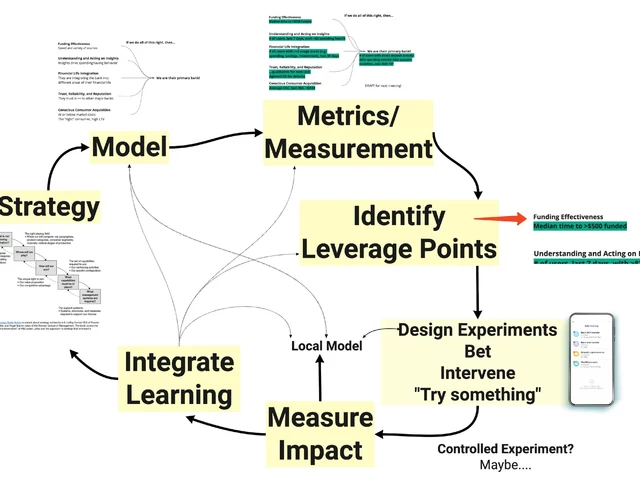
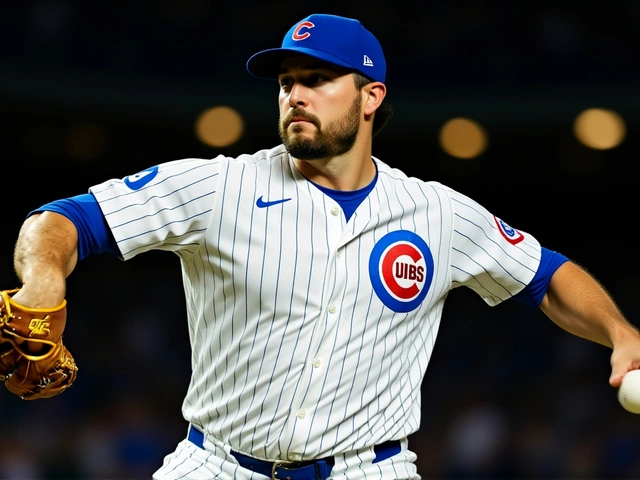

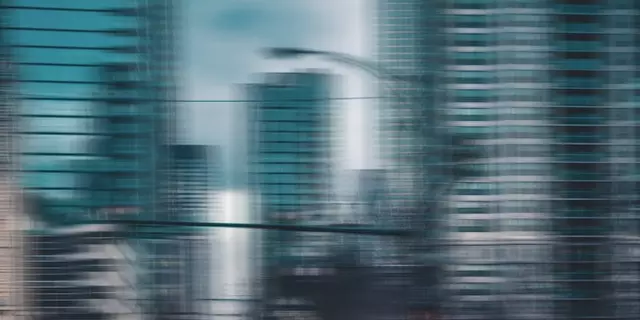
Write a comment